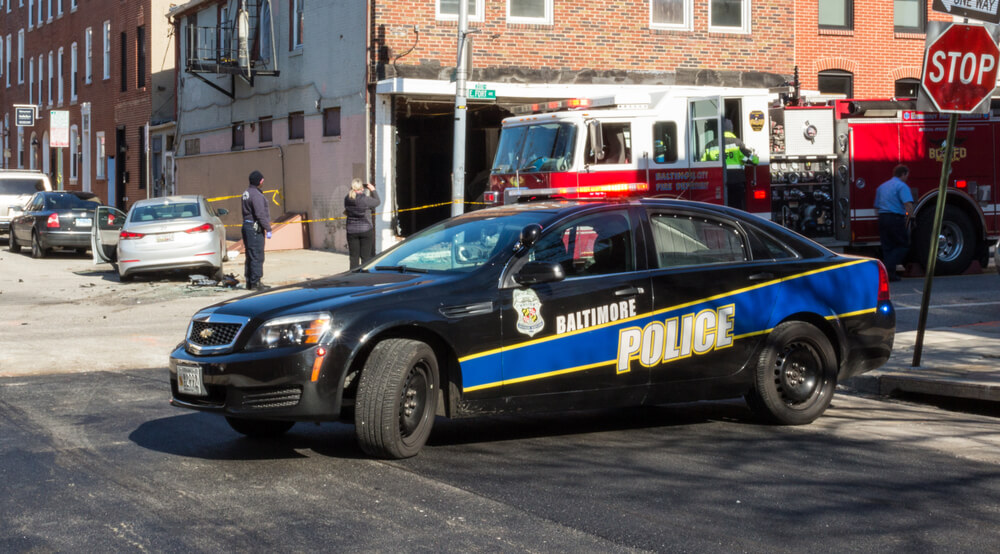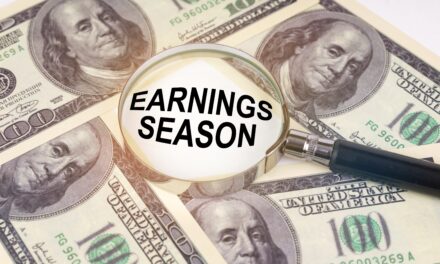Placid, secure, uneventful and happy.
– Journalist H.L. Mencken’s description of Baltimore in the 1890s
POITOU, FRANCE — Last week, we were flabbergasted. Appalled. And delighted.
Baltimore, or more specifically, our own congressional district — District 7, which includes most of the city and much of the nearby county — was in the news.
We love Baltimore. Whenever we are in the city, we feel like a half-wit teenager visiting a municipal zoo.
Full of wonder and weirdness … grotesquerie and sordid carnality … strange creatures of every mark and persuasion.
There are, of course, the higher mammalia downtown. Charm City is still the home of great banks, universities and hospitals. There are the invertebrate politicians and civic leaders, too … thousands of slithery amphibia and reptilia, manipulating, gulling, profiteering …
And then, there is the vast population of rodentia … arthropods … and mollusks, black and white … Latino, Jewish … rich and poor.
We rise to defend them all against the mean-spirited attacks of our president.
Corrupt Mess
Baltimore used to be the richest and most sophisticated city in America. And still today, there are many honest, fair and noble bipeds in the 7th district; the rest commute to Washington.
The typical Trump tweet is a jolly mix of fantasy and claptrap. But on Sunday, there was more truth than lies in the tweet that took aim at the 7th congressional district and its representative.
Trump’s opportunity came when Rep. Elijah Cummings took on the U.S. Border Patrol, yelling at its chief during congressional hearings. Trump counterattacked:
If he spent more time in Baltimore, maybe he could help clean up this very dangerous & filthy place(.)
Why is so much money sent to the Elijah Cummings district when it is considered the worst run and most dangerous anywhere in the United States. No human being would want to live there. Where is all this money going? How much is stolen? Investigate this corrupt mess immediately!
Politics in the Blood
Before the riot of 1968, Baltimore was a fairly ordinary East Coast city. Then, the mobs went wild. The mayor at the time was Tommy D’Alesandro III, who just happens to be Nancy Pelosi’s brother.
D’Alesandro practically inherited the job from his father, the former mayor, Tommy D’Alesandro Jr. The Italians, people said, knew how to run a city.
While rioters broke windows and looted shops downtown, there was no violence in Little Italy; the Italians stood on the edge of their neighborhood with baseball bats in their hands.
The D’Alesandros — Nancy included — have politics in their blood. They know how to work a neighborhood, make a deal with local strongmen (or the president), and knock heads when they have to.
Prior to 1968, the city was no paradise. But it was no hellhole, either.
But the whole country was changing. As we noted last week, what you see today is largely a result of what people thought yesterday. The future depends on what they think today.
By the mid-20th century, the self-reliance and small government ideas that had built the city were giving way to new ideas. People were beginning to think that the federal government could make life better for everyone — by spending money.
Then, in April 1968, Martin Luther King Jr. was murdered. The city erupted in what is now remembered as the Baltimore riot of 1968.
Poverty Programs
Then, as now, Americans reacted in different ways to the riots. In the city, prosperous whites packed up and moved to the suburbs. In Washington, some blamed poverty and discrimination. They muscled up the War on Poverty (begun in 1964) to fight for more money.
Others took a “Trumpian” line. Maryland Governor Spiro Agnew called out the National Guard. And after the city settled down, he invited black community leaders to a meeting in Annapolis and told them they needed to control their own people.
This tough stance gained him the attention of Richard Nixon, who chose him for his presidential running mate as part of his “Southern strategy.” Later, Nixon joked that Agnew was his insurance policy against impeachment.
The “Southern strategy” got Nixon reelected, but it was the “Northern strategy” of bleeding hearts and free money — followed by the War on Drugs (1971) — that carried the day.
The Heritage Foundation claims that $22 trillion has been spent on anti-poverty programs over the last half-century (adjusted for inflation). Much of that money must have gone to Baltimore.
There were about 200 million people in the U.S. in 1968. Nearly 20% of them — or 40 million — were considered poor. The math is easy. The feds could have given each one of these people $550,000 for the same amount of money as they spent on anti-poverty programs.
Attractive Nuisance
But free money is an attractive nuisance. Whether you give it to the poor or to the rich, it has the same effect.
The Federal Reserve’s free-money lending rates, for example, encourage savers not to save and risk-takers not to take up the risks and hard work of satisfying real customers.
They lure businesses not to do more business; instead of investing in new plants, new equipment, and new employees, they make their shareholders wealthy by manipulating stock prices with ultra-low-interest loans.
General Electric, for example, struggling with the bad acquisitions of the past and the falling profits of the present, nevertheless spends all its earnings on share buybacks and more acquisitions.
Boeing, too; rather than reengineer the 737 MAX so it would stay in the air, the company took its profits, bought its own shares and rewarded its own managers for neglecting the core business.
Poverty programs work the same way. When you pay people to be poor … they don’t exactly get up at 6 a.m. bright-eyed and bushy-tailed, eager for another day of work and innovation.
Instead, like people on the federal payroll everywhere, they waste time and money … confident that the next checks will come, no matter what they do.
So, the money flowed. And the bureaucrats, insiders and politicians spent it. Had the poor gotten the money directly, it probably wouldn’t have made much difference. In a few months, they would have been poor again … but at least they would have had a good time.
More to come …
Regards,
Bill
• This article was originally published by Bonner & Partners. You can learn more about Bill and Bill Bonner’s Diary right here.




